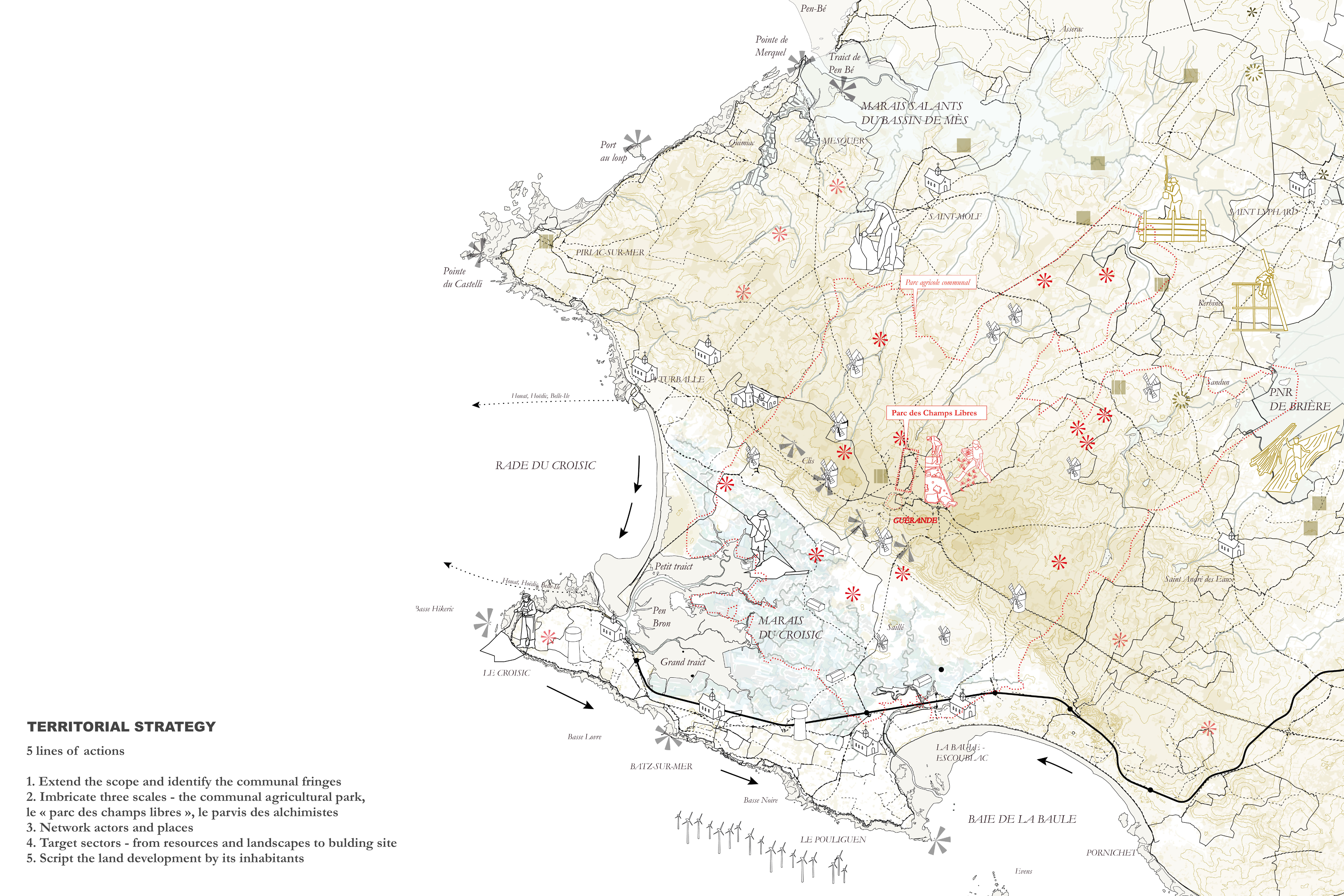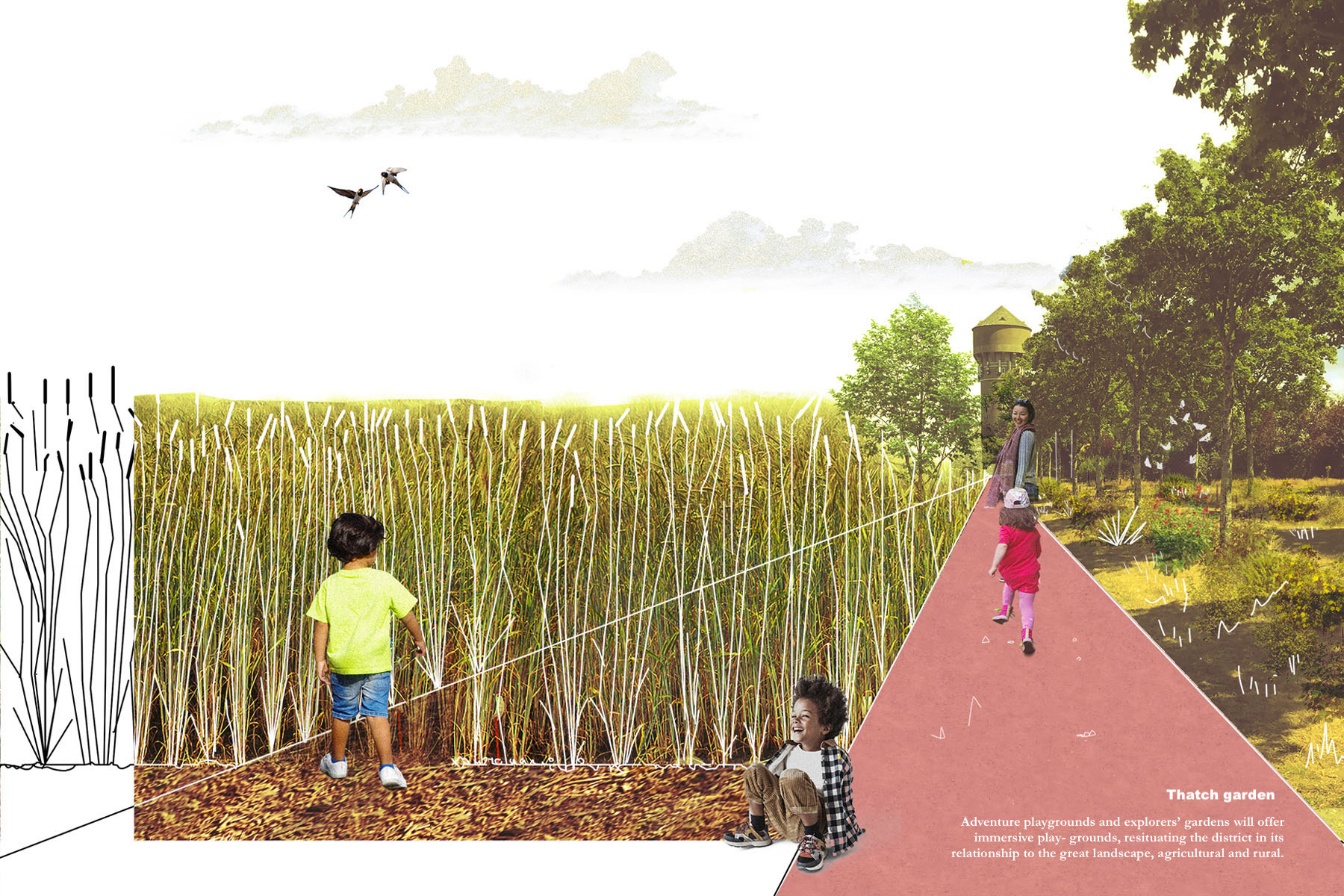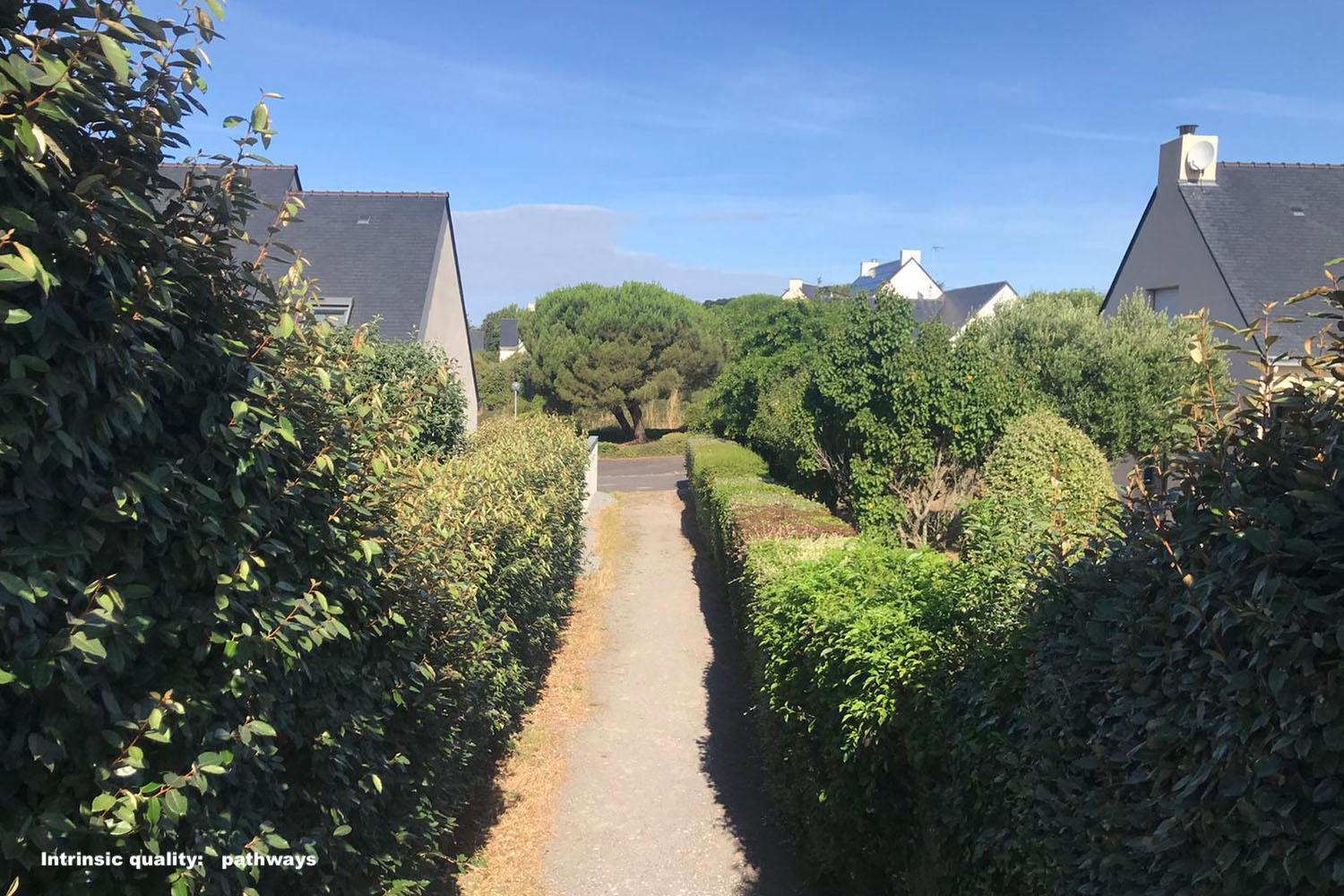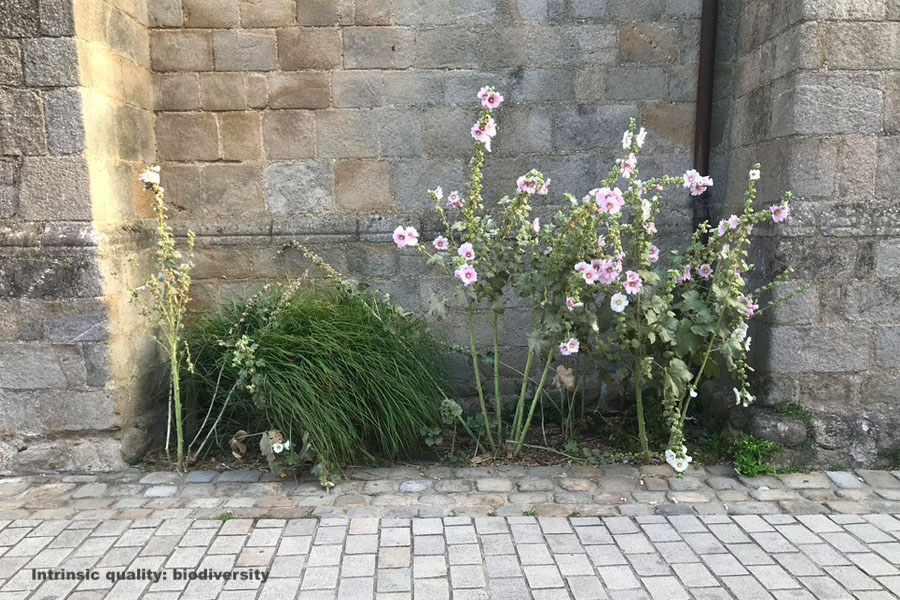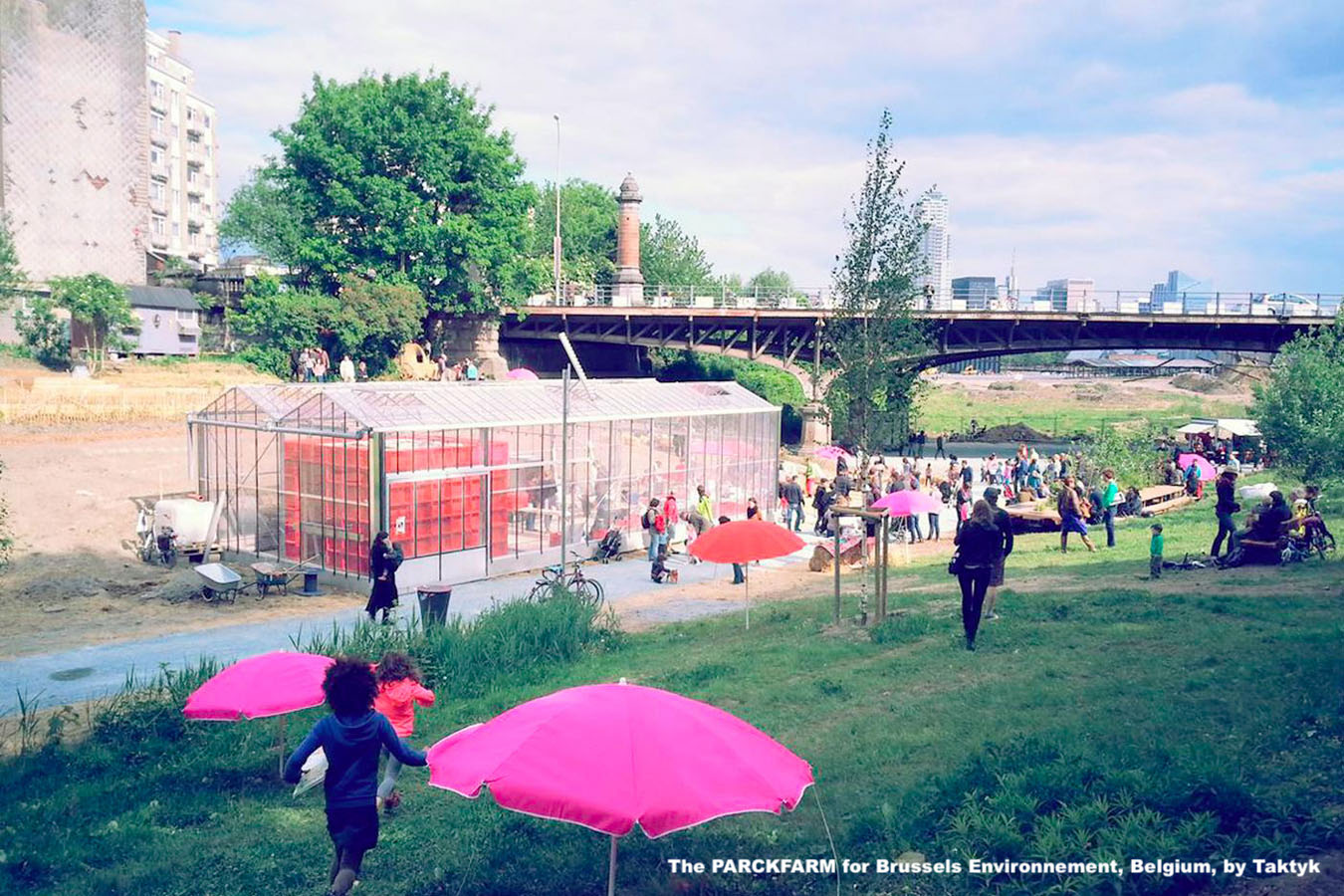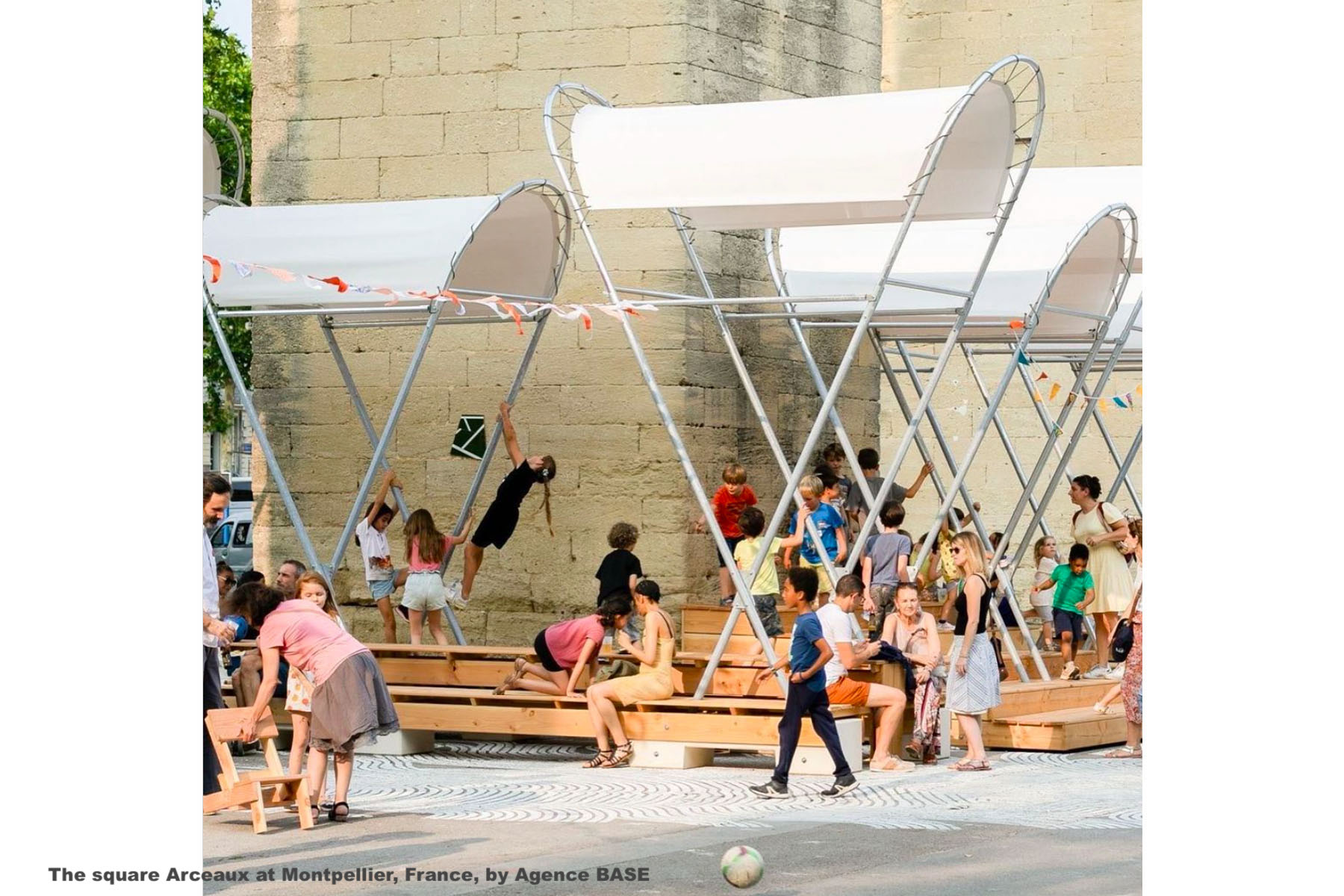La clé des champs
Guérande (FR) - Mention Spéciale

TEAM PORTRAIT
VIDEO (by the team)
INTERVIEW
Click on the images to enlarge
1. How do you define the main issue of your project in relation with the theme “Living Cities Imagining architecture taking care of the milieus”? And in which way do you think your project can contribute to an ecological and/or social evolution?
A living city is understood in terms of both its day-to-day and long-term temporality, in terms of climate and societal change, and in terms of a forward-looking vision based on the heritage of soils and environments. The project reveals this heritage in tourist centers such as the medieval heart of Guérande, but also in more ordinary urban forms such as the Athanor center : the concept of the "living city" as a way of thinking about change takes on its full meaning.
2. How did the issues of your design and the questions raised by the site mutation meet?
The multi-site approach permits to envisage a project-process that works in fragments and systematizes interventions on several scales of time and space. As demonstrators of this process, the transformation of public spaces is based on their intrinsic qualities: a network of trees, pathways, areas of biodiversity. It calls on local residents and local know-how, as well as new players in the area, to revitalize the historic link between the city and the wider landscape.
PROJECT:



These issues have been implemented by Margaux to revitalize soils and reuse existing materials in public spaces in the Cité Bonnier in Paris (Wagon Landscaping agency), by Magali at Clichy-sous-Bois within an urban renewal project (Base agency), but also as part of a Europan prospective competition or editorial project by Hélène : the "Arc des vivants" project (special mention 2021), and the book Terres fertiles (2023, Base agency), which maps soil-related issues. Dealing with public space mutations in Athanor sector, we were inspired by The square Arceaux at Montpellier (Base agency), the parckfarm for Brussels Environnement (Taktyk agency) and the « Streets for school » program of the Paris CAUE.
SITE:
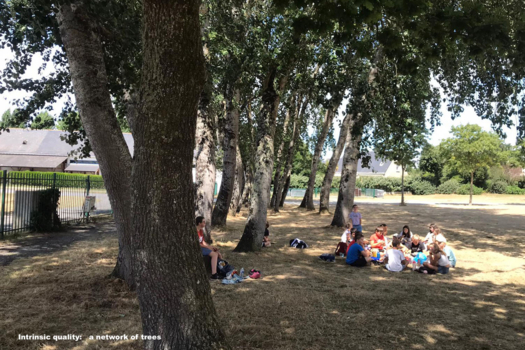


Our project has strong social and educational values, which can be used to initiate various awareness or transitional urban planning actions with the city, training facilities or local cultural and municipal programming. But it also proposes a reflection on modes of governance on a territorial scale, through the identification of agricultural and bio-sourced sectors: strategies and tools can be adapted to different actors, according to the needs of the city.
REFERENCES:



Our proposal aims to link the question of landscape to that of representation. Hélène, Margaux and Magali's combined landscape skills have enabled us to formulate the urban and territorial strategy, as well as in its operational reality, thanks to various experiences : landscape diagnostics, participative actions, public space project, as well as research and publishing. This approach was reinforced by Juliette's construction experience in architectural project.
6. How could this prize help you in your professional career?
This prize allows us to raise the profile of research projects linked to the landscape and its soils which we carry out through various types of work: project, contracting, residencies and teaching. Beyond this, we're delighted to have the opportunity to take part in the Europan community linked to this edition: the reflective times associated with this theme and we're looking forward to exchanging with the other teams and the various experts from the Europan association.
TEAM IDENTITY
Legal status:
Team name:
Average age of the associates: 31 years old
Has your team, together or separately, already conceived or implemented some projects and/or won any competition? if so, which ones?
No.
